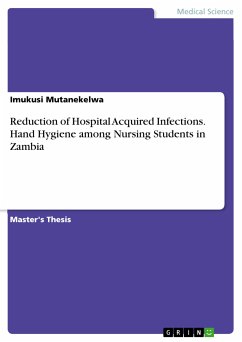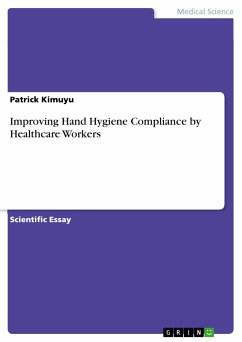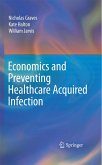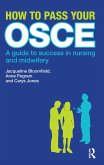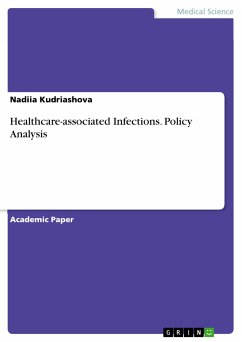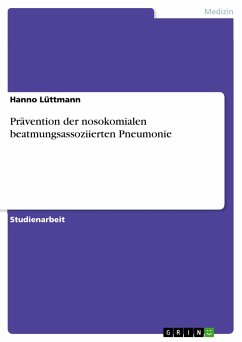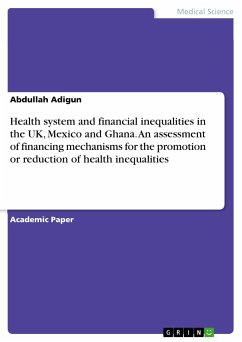Master's Thesis from the year 2019 in the subject Medicine - Hospital Environment, Clinical Medicine, The University of Liverpool, course: Public Health, language: English, abstract: This work determines the demographic/training factors associated with the hand hygiene knowledge of nursing students in Solwezi, Zambia and aims to provide information for necessary actions in order to reduce Hospital Acquired Infections (HAI). A quantitative cross-sectional survey using primary data collected via a WHO validated self-administered questionnaire has been distributed to students at the Solwezi College of Nursing. 167/206 participants were recruited via stratified random sampling. Descriptive statistics highlighted potential relationships between demographic/training factors and students hand hygiene knowledge which reduces HAI. Moreover, potential relationships were analysed using Fishers exact test and a multinomial logistic regression. The low compliance to effective hand hygiene has continued to fuel the high prevalence of Hospital Acquired Infections in Africa. The large number of nursing students has a potentially high impact at reducing the HAI public health problem in Zambia, however, there is insufficient information on the nursing student's demographic/training factors affecting their hand hygiene knowledge which reduces the HAI risk.
Dieser Download kann aus rechtlichen Gründen nur mit Rechnungsadresse in A, B, BG, CY, CZ, D, DK, EW, E, FIN, F, GR, HR, H, IRL, I, LT, L, LR, M, NL, PL, P, R, S, SLO, SK ausgeliefert werden.

